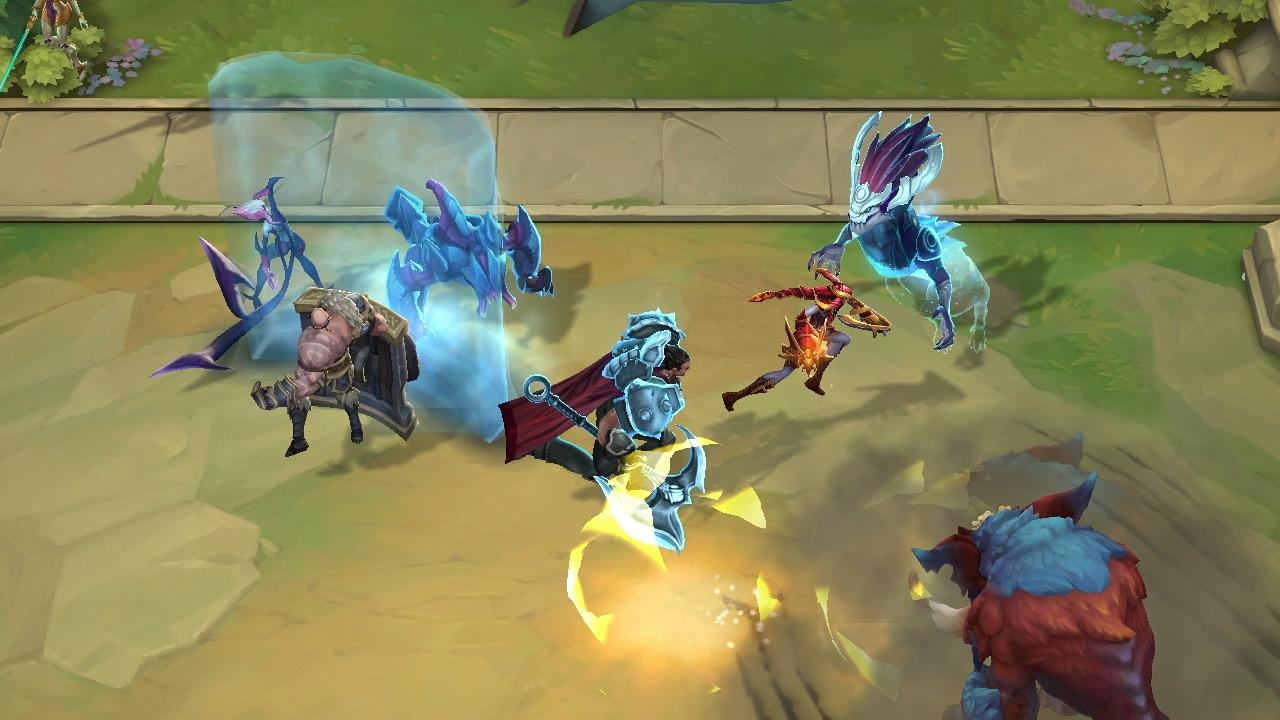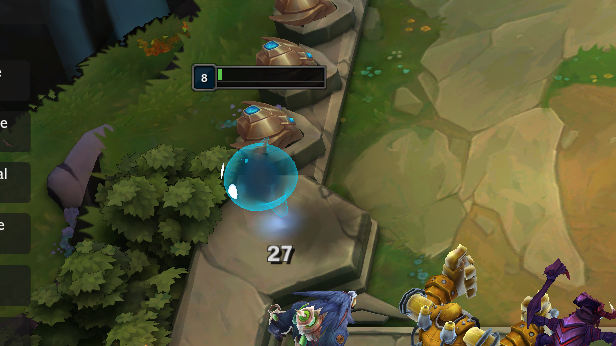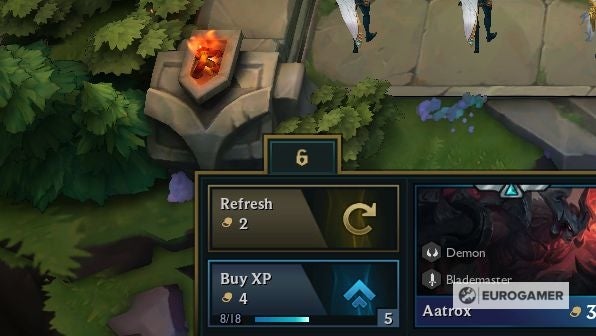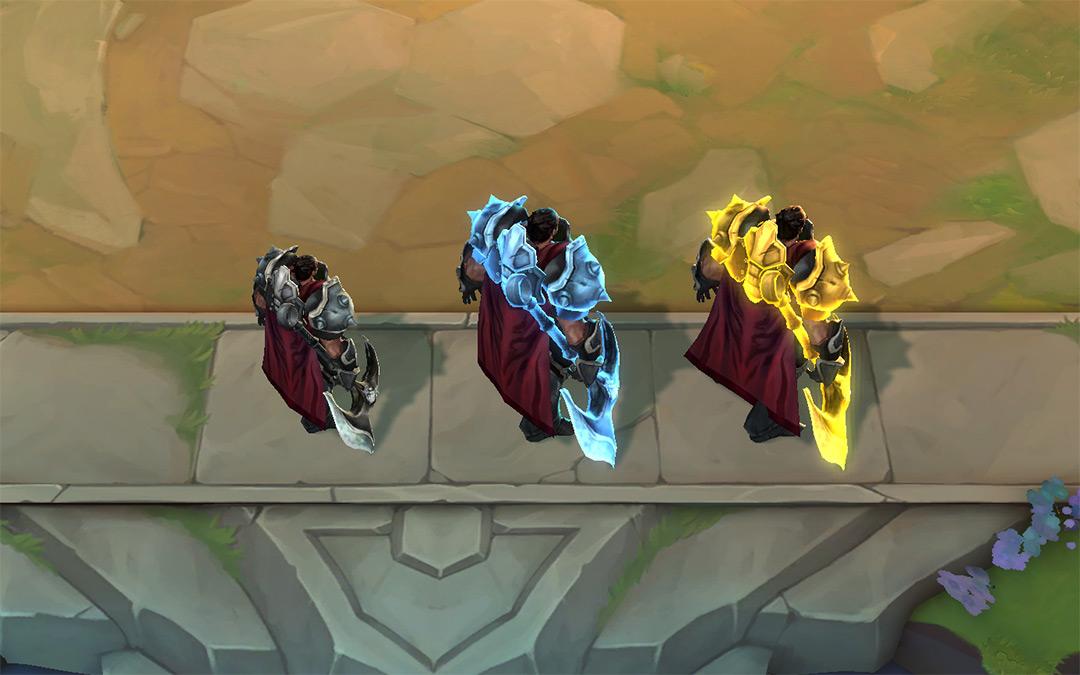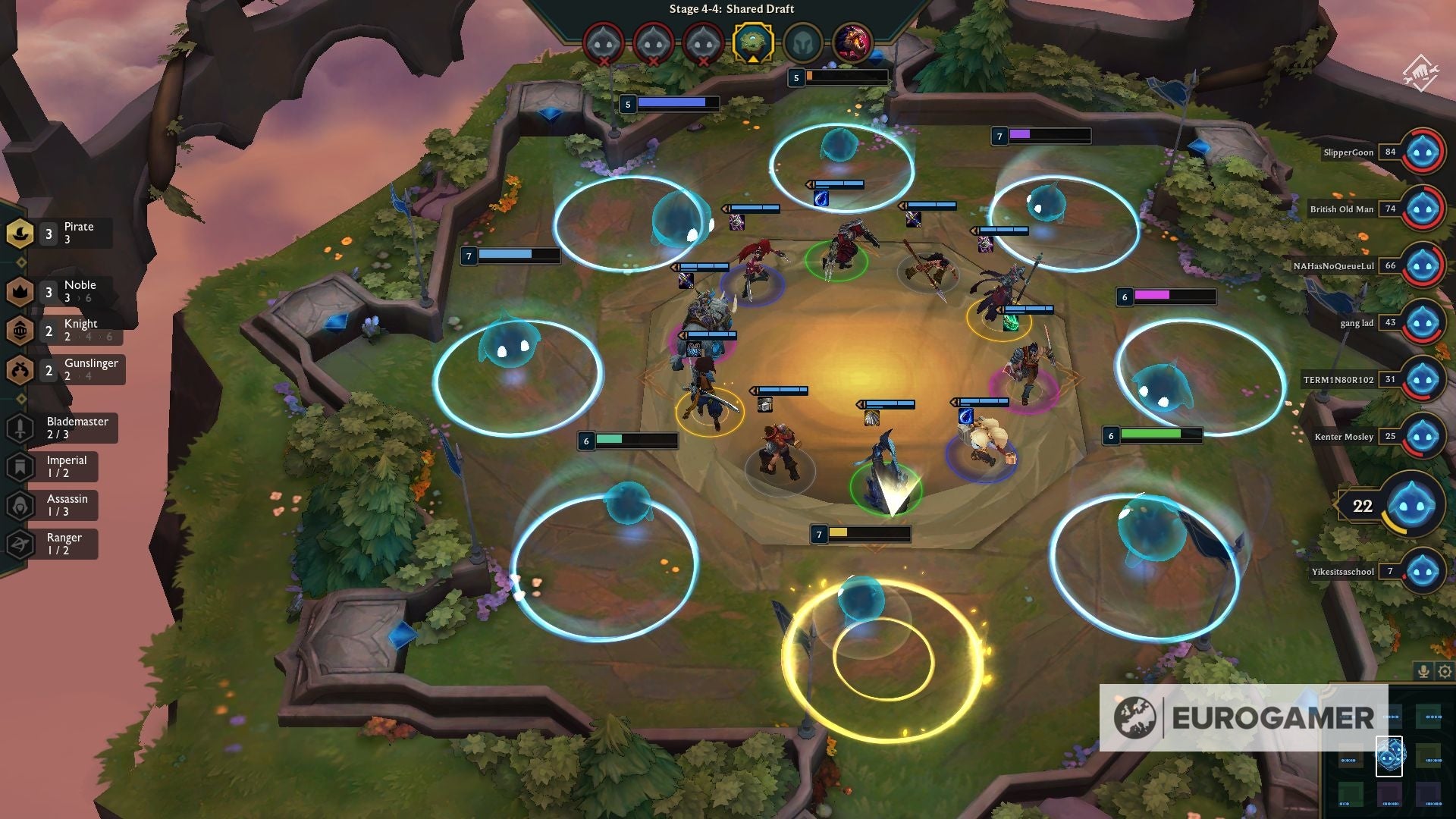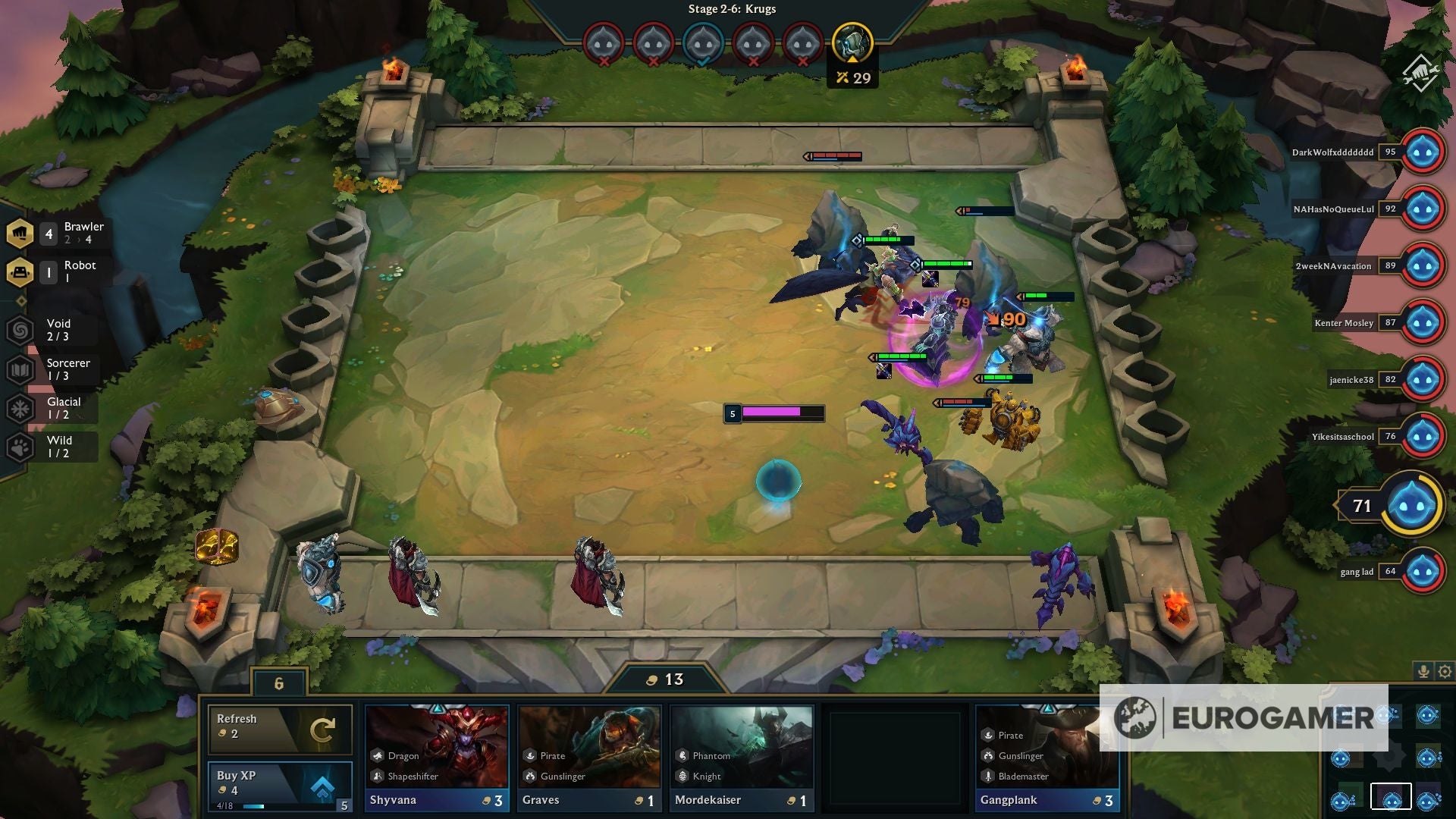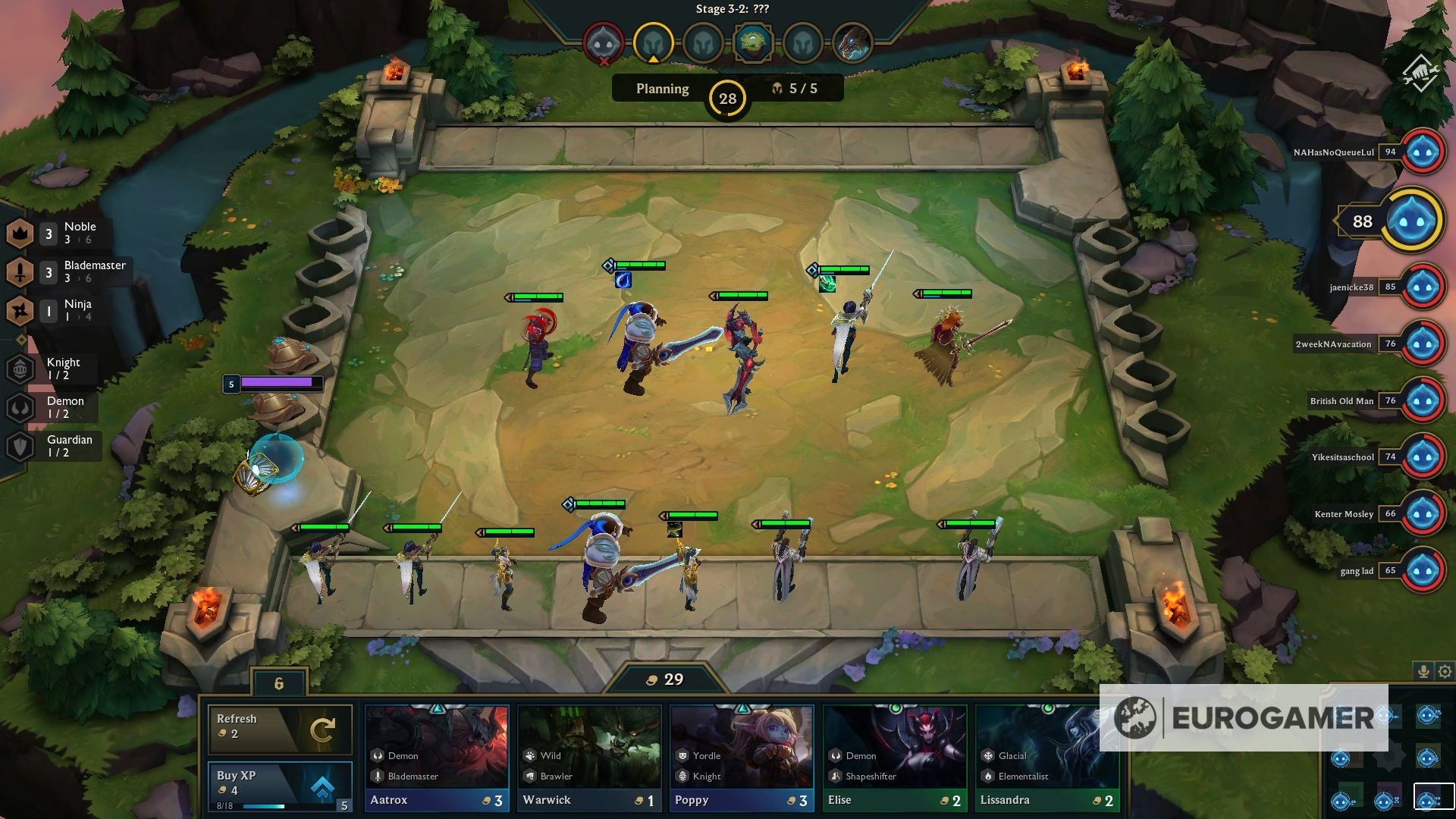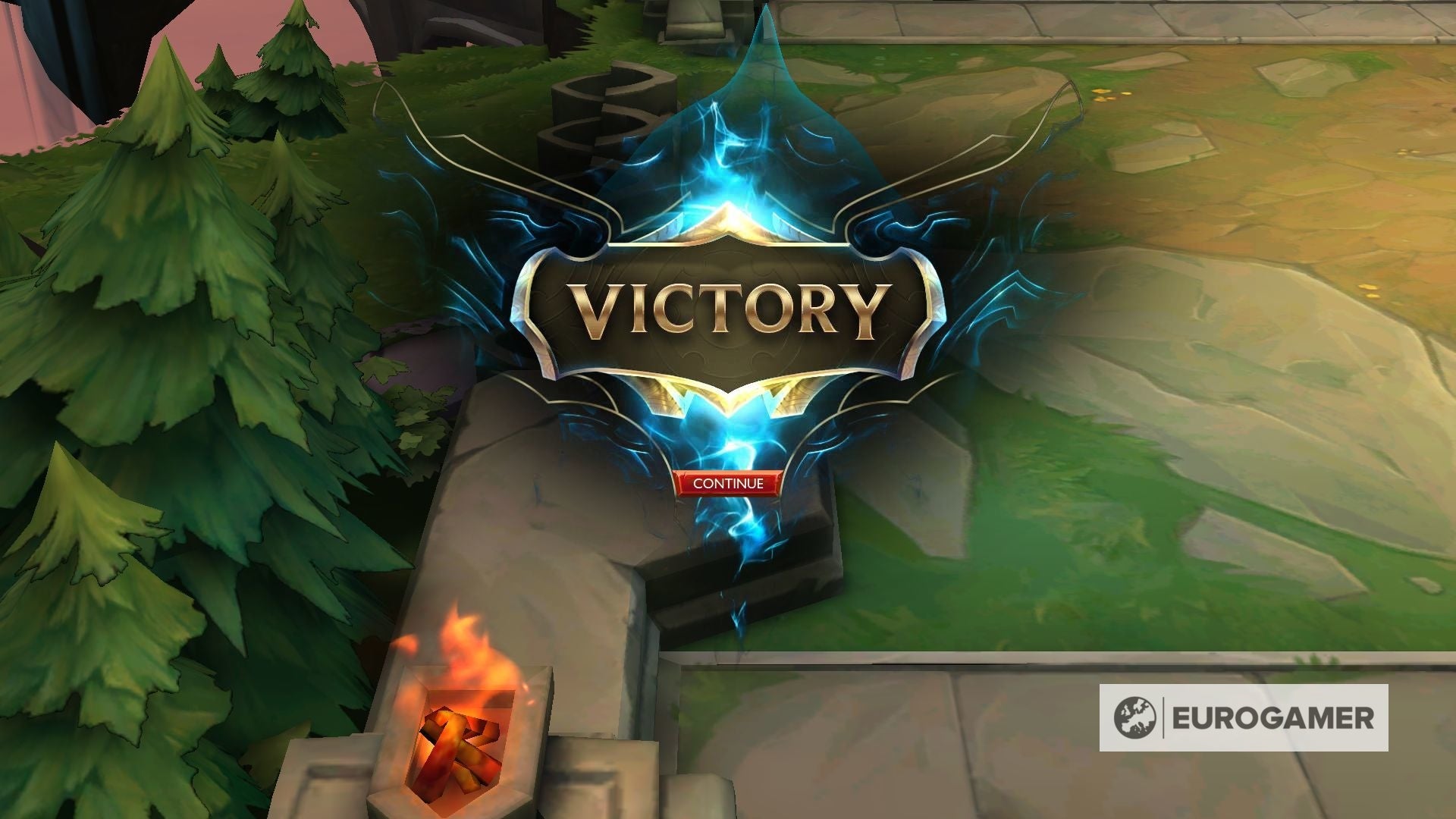Teamfight Tactics is a free-to-play strategy game within League of Legends with quite the learning curve, combining unit, item, and financial management. But even with the steep learning curve for new players, there’s an addicting quality to Teamfight Tactics. Every game presents different hurdles to overcome, and demands you adapt to face increasing challenges with limited time and resources. There’s kind of a running joke that the ‘chess’ part of the Auto Chess genre is a non-relevant descriptor, but the importance of planning ahead in chess, of predicting what your opponent will do, is a constant in Teamfight Tactics. This Teamfight Tactics guide will explain both the basics and complexities of Teamfight Tactics - from early to late game strategies, as well as delve in deep into every aspect of the game such as how to get Gold to when to buy XP and unit upgrades - so that when you start playing you’ll have an easier time overcoming its steep learning curve. If you’re looking for more Teamfight Tactics pages like this, meanwhile, our deep-dive Teamfight Tactics item cheat sheet is a great place to start, while our Teamfight Tactics tier list and best champions page dives into more details on strategies and top picks for success. On this page: There is of course more to it than that. Here’s the essentials of what Teamfight Tactics is, step-by-step:
It’s an eight vs eight free for all, where each player buys level one champions from a shared pool and builds a team. Each player has 100 health points, and the last one to still have health by the end of the game is the winner.
The game is comprised of stages five rounds in length; four PvP rounds (against other players), one PvE round (against the computer), and a champion draft before the third round.
There are 49 champions in total, both melee and ranged, that are split between 13 origins and 10 classes. Each champion is one of five rarities: common, uncommon, rare, epic, and legendary. The higher level you are, the more likely you are to be offered a higher rarity unit. They are either obtained during a champion draft, or bought at the start of every round. If you control multiple unique champions on the board that share Origins and / or classes, they gain bonuses that empower your units in a variety of ways.
At the start of every round, champions bought or obtained are stored on a nine-slot bench and can be placed in any of the 21 spaces on your side of the board. If you collect three of the same 1 star champion - one star referring to the rank every champion is when obtained - they combine to make a stronger 2 star unit, and the same occurs when you collect three 2 star units which provides a powerful 3 star unit. The champions you’ve placed on your desired spaces will then be let loose on a random enemy player’s team. Through dealing damage and taking damage, the majority of units will gain mana which is used to activate their special ability.
These abilities can do anything from freezing an enemy unit in place, to dealing huge damage to an isolated champion, and can significantly affect the outcome of a fight. There are three possible outcomes to each fight: win, lose and draw. If you win, your surviving units deal damage equal to their rank to the enemy, while if you lose enemy units still standing deal damage to you. If the time runs out and you’re still fighting, damage will be dealt to both players. Following this order, stages progress continuously until a winner is found.
For most of the game the two XP a turn is enough for passive progression, but there are certain points in the game where spending a little extra can put you at a major advantage. At any point when you are 4XP away from levelling up, you should absolutely spend that money. For each level you gain - up until the max of level nine - you are allowed an additional unit on the board, so lagging in levels is lagging in firepower. Nothing spells disaster like being outnumbered, and the occasional loss of a few gold is worth it if you avoid a significant dent in your HP. It also means the opportunity to grab powerful champions is reduced. You can’t even begin to earn rare, epic, and legendary champions until you reach a certain level, and once you do reach that level the chance of getting said champions increases the higher level you are. In order to create the best team possible, you must keep an eye on your level and invest in XP. It takes three 1 star champions to make a 2 star version, and three 2 star champions to make it 3 stars. This means in order to fully upgrade a unit you’ll need to score nine of the same champion, which can be a costly endeavor for those at high rarities. But it’s more than worth it, as the impact of a 3 star champion is incomparable to that of a level one, and the strength of a 3 star rare or higher champion can be so great as to carry your team to victory. For more like this, see what’s new in the latest Teamfight Tactics update 9.16 patch notes, or head to our introductory Teamfight Tactics guide to get a great start on the mode. Otherwise, we’ve a Teamfight Tactics items cheat sheet and a Teamfight Tactics tier list to give you an idea on who’s strong right now, too. The core of your economy is interest, which rewards you for amassing a large amount of gold. For each 10 gold you possess you will be rewarded an extra one gold, maxing out at 5 extra gold a turn once you hit 50. This extra 5 gold a turn is incredibly significant. It essentially pays for a free XP purchase each turn, allowing you to continuously work towards your next level up without blowing all your dosh. Because of the huge impact money has on your performance, the mid game is essentially a rush to reach 50 gold as quickly as possible. Then there’s streak money. By winning or losing in succession, you gain bonus gold as either a reward for your performance or a helping hand to get you back in the game. These streaks can give up to 3 gold per turn, and can be a lucrative way to improve your economic capital. You can, if you wish, intentionally lose games to amass a losing streak in order to earn quick cash. But be warned, guaranteeing a loss while not sacrificing too much health is a tricky thing to balance, and you could easily find yourself too weak to win. Finally, there’s buying and selling champions. All champions have a set price determined by their rarity: commons being worth one gold, uncommons worth two, rares worth three, epics worth four, and legendaries worth five. Sounds simple right? Well, it gets more complicated when you consider unit upgrades. A 2 star common unit like graves sells for three gold, so you lose no money for upgrading and selling him. On the other hand, a 2 star uncommon such as Varus sells for 4, meaning by selling it you make a net loss of 2 gold. This is true of all units above common rarity, and while it’s not a huge deal in the late game when you’re Scrooge Mc Duck-ing through a swimming pool of coins, crafting useless 2 stars early can seriously put you behind. Once you collect an item they are held in your inventory on the left of your board, ready to be equipped. Items can also be combined to create stronger items with special abilities by placing them both on the same champion. There are far too many combinations to list here, but Twitch.tv streamer Scarra created this comprehensive graphic detailing all of them. Items are only obtainable by buying them attached to a champion in the draft stage, or as random drops from PvE (against the computer) stages. As you get later into the game champions in draft stages and PvE fights can provide already-combined items, so keep an eye out for these valuable prizes if you last that long. The right item can turn a good champion into the star of the show. Champions with high damage special abilities benefit from items that give magic damage, frontline tanks benefit from items that give health, and champions who need to attack quickly benefit hugely from items that increase attack speed. Each unit can hold a maximum of three items at one time, so make sure not to fill a slot with something useless for that unit. Once you equip an item to a champion, you cannot remove them by any means. Therefore, if you want to combine two items but not equip it to any of the units on your board you should buy a random champion, create the new item with them, then sell them. You’ll likely not get all the items you want through the course of a game, but if you make the most out of the ones you get it can be the difference between coming in 1st place, or just missing out at 2nd. Starting from the drafting phase, the actual champion you pick doesn’t matter too much. What matters most are two factors, the rarity of the champion and the item they have equipped. Starting with rarity, it’s important to go for an uncommon (coloured green) champion unless you really want to grab a specific common with a great item. It goes without saying that uncommon units are harder to obtain in the early game than common units and having an uncommon champion like Shen or Varus helps to obtain an early origin or class bonus, rather than being stuck one short of a powerful boon. However, you can also grab an uncommon champion purely for the economic boost it gives you. While level one common champions sell for a single gold, uncommon champions sell for two. If that doesn’t sound like much, it’s because it’s not, but having an extra gold in the first three turns can mean the difference between buying a pair of the same champ or a triplet - leading to an early 2 star. In terms of items, there are a couple to look out for. Items like a spatula, a B.F sword, a needlessly large rod, and a recurve bow are all great grabs in the early game. These can be combined to make some extremely powerful items that can carry you through early PvP (against other players) rounds if you use them smartly. Didn’t find the specific item you were looking for? You may still get it as a drop from one of the three PvE rounds, but bear in mind the drafting is the only time when you can snatch specific things you’re looking for. When cementing your team composition, take a moment to look at what other players have got (you can do this by clicking on their names on the right-hand side). It’s important to try and avoid going for the exact same build as other players, especially if they’ve got higher level units than you. Since all the available champions come from the same shared pool, having to compete with someone for limited stock will only make upgrading harder. You may at one point have a full bench, and wont be able to buy any more upgrades. In this case, sell the champion on the bench that is furthest away from a 3 star upgrade and focus on buying the champion which is closest. Try your best not to get beaten too badly, as losing big at this point can easily lead to a loss of 20 health or more. While items gained now can be helpful, you should be more concerned with your units at this point. When you reach a draft stage, try to get a champion you need for an upgrade. If you can’t, look for a spatula. Creating a Force of Nature from two spatulas is an amazing advantage as it provides an additional slot for a unit on the board. If you can’t do that either, grab the unit with the highest rarity, as you can sell it for lots of precious gold. If you’ve managed to make it to the final two, then unit placement becomes key. Look at your opponent’s board and move your units to a location where they can do their job to the best of their abilities. You don’t want a major DPS (damage per second) unit to be stuck not hitting anybody for half the round, fumbles like that can cost you the game. If you find yourself at a health total that is less than 10, it’s time to make Shirley Bassey proud and be a big spender. Spend all your money on rerolls, splurge all your cash out on any upgrades you find, hope you can improve your board enough so that you can stay in the game, then cross your fingers. If this sounds like a desperate last resort, it’s because it is. This cripples all your money-making capabilities, but it can also be that last push you need to clutch out the win. Good luck!



